Cardstock 101: How to Choose Paper for Wedding Invitations
When you run an invitation company, one of the most common questions you get asked is, “what’s the best paper for wedding invitations?”. And quite frankly I love this question because there are few things I love talking about more than cardstock (give me all the cardstock!).
But with this question comes both good and bad news. Sadly, there is no easy one-size-fits-all answer to the cardstock question. Since printers, ink and template designs vary so much, there is no ideal cardstock to use at all times. What looks great on one printer might look splotchy and washed-out on another.
But now the good news: choosing cardstock is easy and fun if you know what you’re doing. Selecting the right wedding invitation paper involves a bit of trial and error. But rather than fixating on finding the perfect wedding cardstock, simply find the one that’s the right for your printer.
Lucky for you there are some tried-and-true tricks that make finding the right paper for wedding invitations a little easier. Read on and I’ll tell you everything you’ve ever wanted to know about cardstock so you can pick the best paper for your wedding invitations, enclosures and day-of paper goods.
Ready? Let’s do this.
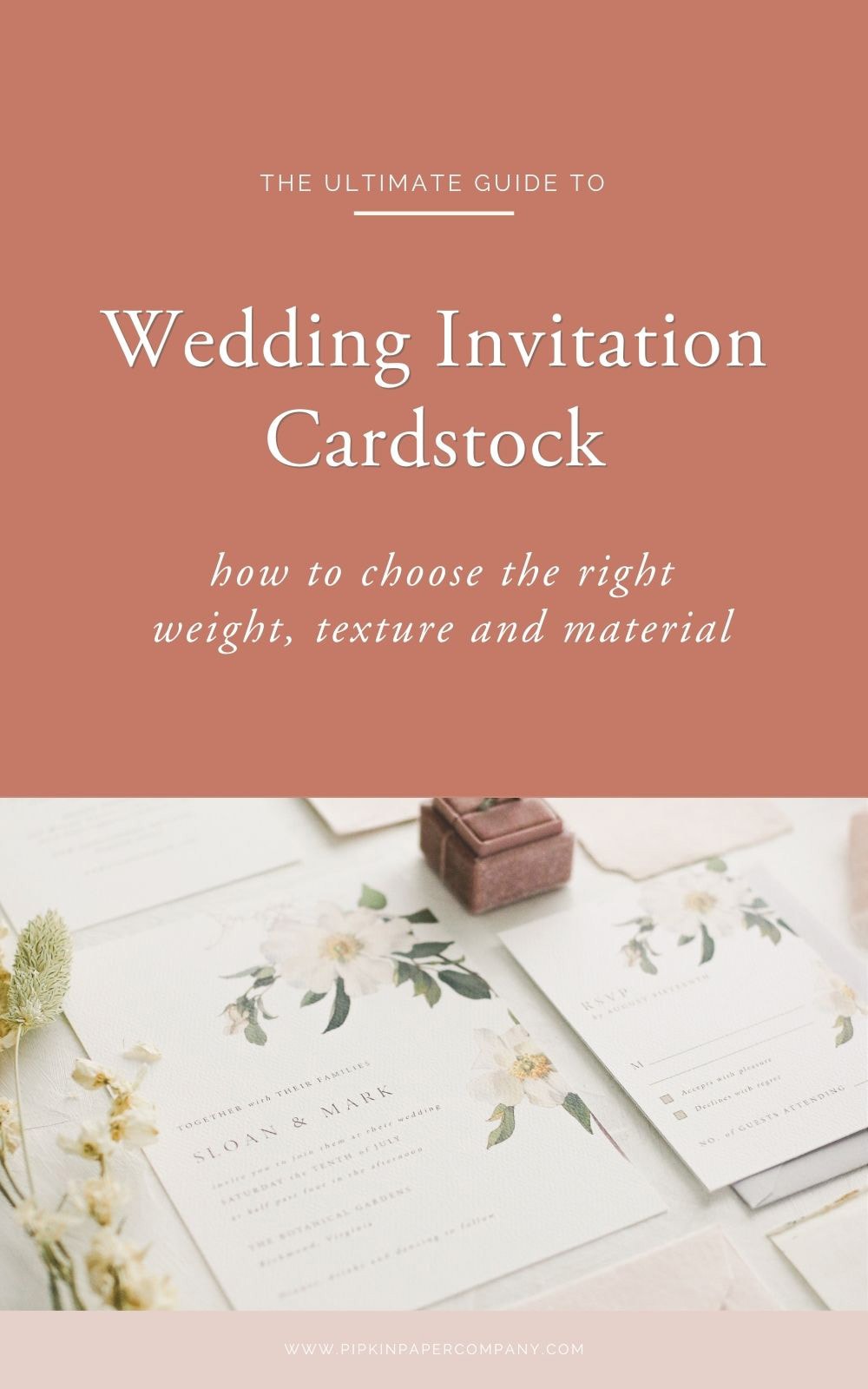
Where to Buy Paper for Wedding Invitations
Sadly, my favorite paper shop, Paper and More, went out of business at the end of 2021. So whereas I used to buy all my paper from one retailer, now I use a bunch of different sources to meet my paper needs.
Some of my favorite places to buy paper for wedding invitations are:
But I’m not afraid to shop around for those hard-to-find finishes that will make wedding invitations pop.
Keep scrolling to find out which retailer I use for specific weights and finishes.
Choose the Right Paper for Your Printer
First things first: how will you be printing your invites?
The type of printer has a lot to do with the final print quality.
A lot of brides I work with just use their home printers. And because it’s quick, easy and super affordable, I think home printing is often the best option. But I also recommend talking to a local print shop if you want to outsource the printing or step up the quality.
Home Printing
If you’re printing at home, just know that desktop printers are often limited in the paper thickness (aka. the “weight”) they can handle.
The best way to determine the maximum weight of paper your printer can handle is by reviewing your printer’s instructions and then doing a test print.
I recommend starting with 80# cardstock and increasing the weight until you start running to issues like smudging or jamming. And then move down a weight.
Tips for printing at home:
- Experiment with print quality. Each printer has its own print quality settings. Play around to see which settings give you the sharpest prints.
- Use textured cardstock. Since inkjet printing can sometimes look a little “fuzzy”, I like to use textured cardstock to hide some of the imperfections. This linen stock is my all-time favorite textured paper for home printing.
- Start with a low weight and work your way up. I talk about weight later in the post, but just know that the heavier the cardstock, the more professional your invites will look. To see how heavy you can print, I recommend starting at 80# and working your way up to somewhere in the neighborhood of 100-120#, if possible.
–
–
Printing at a local print shop
A local print shop like Kinko’s or FedEx Office can provide professional quality prints at a fraction of the cost of boutique printing.
But there are a few drawbacks.
Here are some things to keep in mind when choosing a local printer:
- Not all printers or locations print the same. Two different Kinko’s locations may provide two very different print qualities even though they both used the same paper and printers.
- Laser printers apply a layer of ink (toner) on top of the paper. Usually this doesn’t pose any problems but on some types of paper (like shimmery cotton or vellum) the ink can flake off.
- They often won’t print oddly sized stationery or envelopes. Most print shops require you to print on 8.5″x11″ sheets and trim them down. They’ll often refuse to print on envelopes or small, oddly-sized cardstock because it might jam their machines.
–
Tips for printing at a local print shop:
- Save your invitations on a thumb drive. Once you’ve filled out your templates, save them as a hi-res PDF on a portable thumb drive.
- Use cardstock with a smooth texture. Because laser printers apply a layer of ink on top of the paper, too much texture can cause problems. I like to stick to this cover cardstock which is smooth, but not slick.
- Start at 100# cardstock and work your way up. The industrial printers at a commercial print shop can typically handle a little bit thicker paper.
–
Choose a Paper Type
Okay, now that we have some of the printing basics down, let’s talk about paper. Cardstock varies by material, texture, feel and price, so here is a rundown of each of the different types.
Solid White Cardstock
This is what most people call “cardstock“. It’s medium to heavy weight paper made from tree pulp (as opposed to cotton) with a smooth, matte finish. It comes in a variety of colors and weights, which makes it perfect for printing at home. And its’ relatively inexpensive so you can print all your invites on a small budget.
The 80# weight is great for most, if not all, home printers.
The 100# weight is even better, but some printers get hung up with this weight.
Linen Cardstock
Like the name suggests, linen cardstock is made to look like linen fabric with a delicate woven texture and matte finish. The basket weave texture is perfect for hiding imperfections or quality issues that you might run into when printing at home. It also adds some visual interest to otherwise simple invitations.
Cotton Cardstock
Cotton cardstock is relatively smooth to the touch but still highly absorbent (unlike vellum or shimmery cardstock) which makes it great for both laser and inkjet printing.
It gives wedding invitations a clean, modern look and feel. It’s also considered to be “photo safe” which means it will keep better in your scrapbook and wedding albums for years to come.
Parchment
Parchment is a thin, semi-translucent paper that has a slight marbled look to it. It’s subtle and soft, and although it isn’t very thick (it only comes in 65#) it layers nicely with vellum or cotton cardstock to add depth.
I love parchment for spring weddings and small, personal weddings that want a unique touch.
Felt Cardstock
In the world of cardstock, felt is unique. It’s a thick cardstock that has a texture somewhere between cotton and canvas—smooth and yet coarse. The lowest weight it comes in is 110#, so it’s not ideal for all home printers, but if you can find the right printer it gives invitations an air of sophistication.
Kraft
Kraft, or recycled cardstock, has a rustic, on-trend look that I’ve been seeing more and more of lately. It resembles the coarse paper used for brown grocery bags, only thicker and more polished. It’s smooth to the touch but still has a textured, fibrous look that’s perfect for vintage or outdoorsy weddings.
Vellum
Translucent vellum looks gorgeous on its own or layered over an illustration, artwork or a photo.
I love to print the invitation details directly onto the vellum itself, but if you do this, I recommend layering it over a thicker paper for support. Or you can try overlaying un-printed vellum on top of your invitations to add subtle depth without the trouble of printing.
These DIY vellum invitations we did are some of the most popular posts on our blog. Check them out for incorporating vellum into your invitations.
Colored Cardstock
Simple colored cardstock most closely resembles thick craft paper you’d find at the store. It’s incredibly smooth, without any texture or grain. And it comes in various colors and weights.
This is a great option for pairing with colored envelopes to create a fun, but cohesive look for your paper goods.
Wood Grain Cardstock
Wood grain cardstock is having a moment, so I decided to include it even though it’s more decorative than the other papers. Just like the name suggests, wood grain paper has a subtle wood grain texture embossed into the paper.
I love it for accents like belly bands and tags as well as for enclosure cards and vellum underlays. The white wood grain paper is great for weddings but it comes it a variety of other colors as well.
Laid Cardstock
One of the lesser known papers for wedding invitations, laid cardstock has subtle vertical ridges traveling the length of the paper. For brides who want something a little different, this classically gorgeous paper still has a soft, romantic feel to it.
Choosing a Paper Weight
Once you have your paper selected, it’s time to choose the weight, or thickness.
In the U.S., cardstock is measured in pounds (also shown as “#” or “lb”), whereas in Europe cardstock is measured in grams per square metre (or ‘gsm’). While the American system is less unified and uses a different weight for different categories of paper (ie. cardstock/cover weight, text weight, etc), since we’re based in the U.S. we’re going to be talking in terms of American pounds.
Just note that when it comes to paper weights, a sheet of 80# “text weight” paper is totally different than 80# “cardstock” paper. This can get confusing when purchasing paper from places like Amazon, so always make sure you’re buying “cover weight” or “cardstock” paper.
Cardstock weight ranges from 45# to 300# or higher. While it comes in varying weights, the feel of cardstock most closely resembles that of a postcard or business card. It’s sturdy and doesn’t bend easily, which makes it perfect for wedding stationery.
A good rule of thumb is the higher the weight in pounds, the thicker the cardstock. The thicker the cardstock, the better your invitations will look and feel, especially if you’re printing them yourself.
Cardstock weight is a personal choice that depends on budget, preference, and the overall tone you want to set for your wedding. Here’s how the different weights stack up.
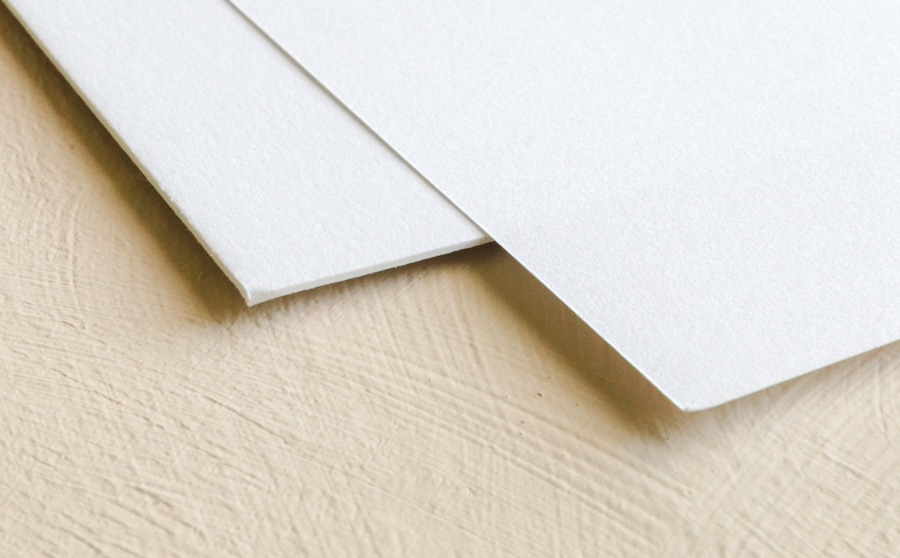
- 80 – 90# is ideal for most home printers. While it’s a little on the thin side, it can go through most desktop printers without so much as a hiccup.
- 100# can go through some home printers while causing problems in others. It’s heavy enough to give your invitations a professional look while still allowing you to mail your invitations with a single stamp.
- 110 – 130# is the heaviest you can probably print yourself, and even this might require industrial printers like those at Kinko’s or FedEx. But this weight will also give your invitations the most professional look. If you can print this high, I recommend you do!
- 150# and up should be reserved for professional printers, embossers, and letterpress printing.
Cardstock FAQ
What kind of cardstock is best for wedding invitations?
Cotton cardstock is the paper of choice at places like Minted, Wedding Paper Divas and Invitations by Dawn. Because it’s smooth and comes in a variety of weights and colors, it’s universally appealing no matter your style or price point.
Is 110 lb cardstock good for wedding invitations?
110 lb cardstock is considered “heavy weight” and is ideal for wedding invitations with a bit of luxury and heft to them. In fact, most wedding invitation companies use cardstock in the 110 lb to 120 lb range.
Is 65 lb or 110 lb cardstock heavier?
When it comes to paper, the higher number, the heavier the paper. So, 110 lb cardstock will always be heavier than 65 lb cardstock.
Can cardstock get wet?
Usually, its best if cardstock does not get wet. Since cardstock paper is thicker than regular paper, it has a tendency to absorb more water and warp as it dries.
If you plan to dress up your invitations with watercolor paint, do a trial run to see how your paper holds water. If needed, place a heavy book on top of your invites to help them dry flat.
What is the difference between cardstock and text weight paper?
Back when the printing press was used mainly to print books, cardstock (also called “cover weight” paper) was used for the cover, while text weight paper was used for the inner text. Nowadays, cardstock simply refers to heavier paper with a cardboard like feel to it. And text weight paper is more like standard printer paper.
What is the heaviest cardstock you can buy?
Triple thick cardstock, with a weight hovering around 360 lb, is the thickest I have seen. It’s so thick that it’s considered unbendable and is reserved for things like letterpress printing.
Looking for envelopes? Here’s where to buy envelopes in every style, color and budget.
The information contained on this Website and the resources available for download through this website are for educational and informational purposes only. I am only sharing what worked for me, and as such, I cannot guarantee that any products or processes will give you the same results.


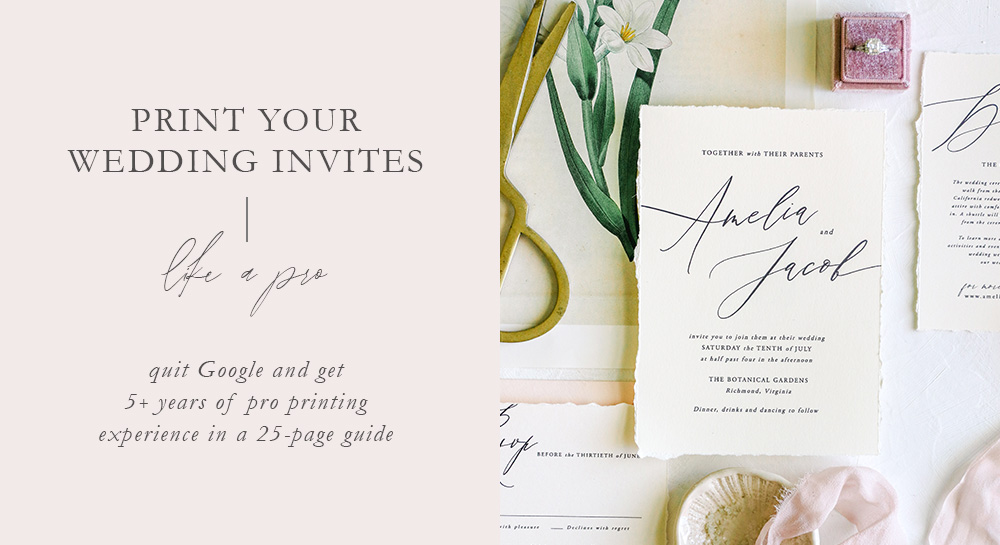
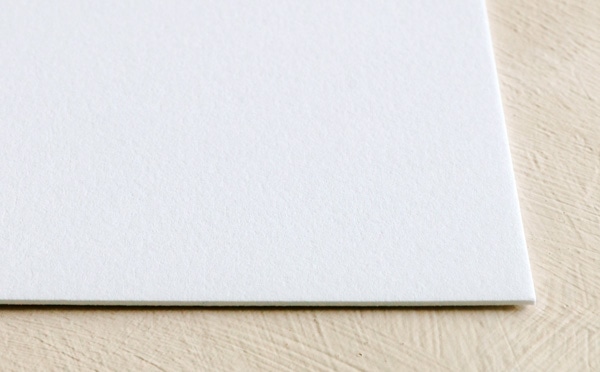
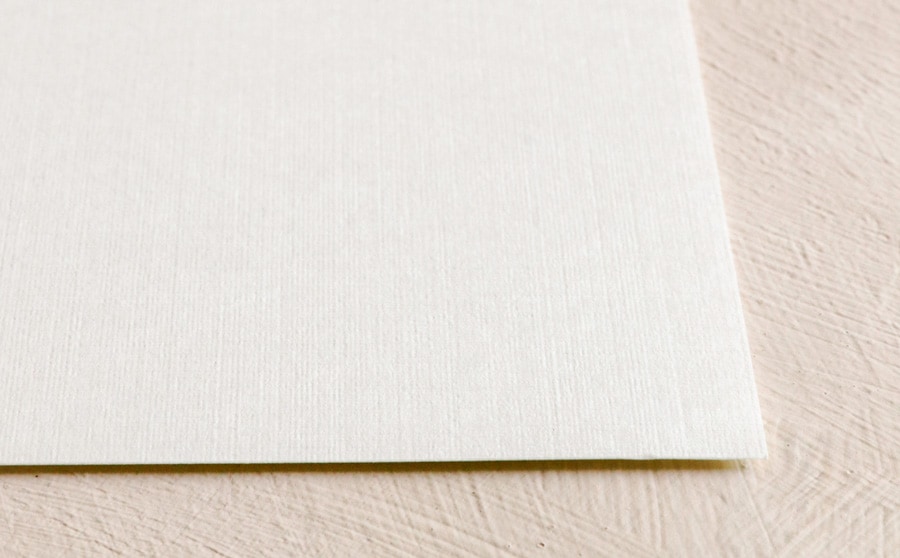
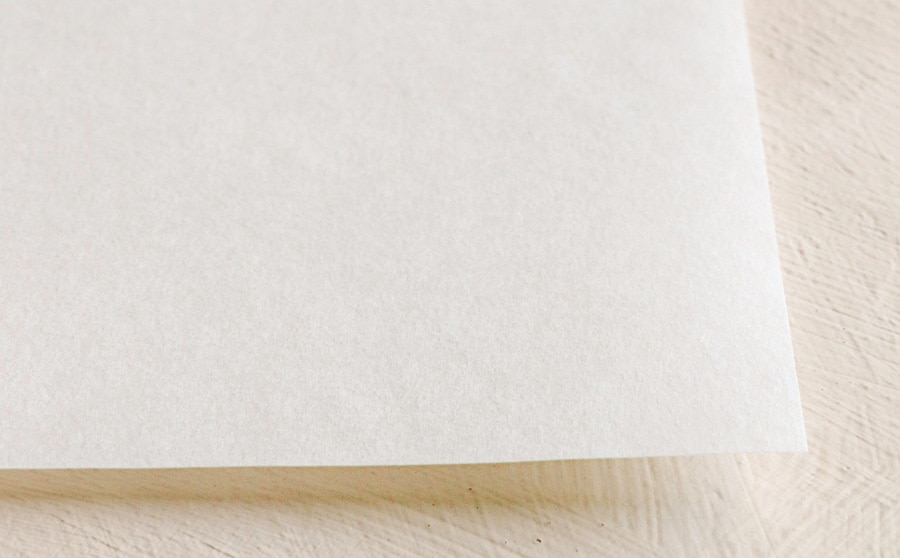
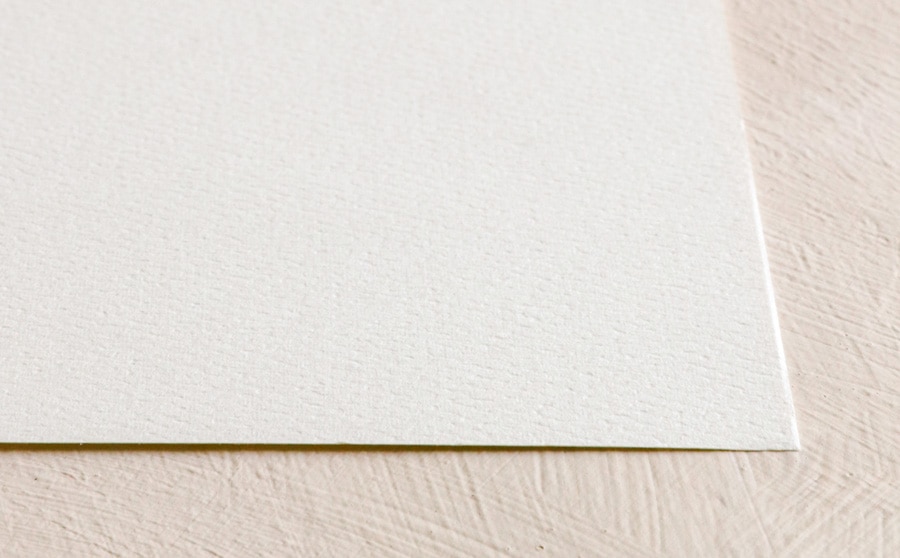

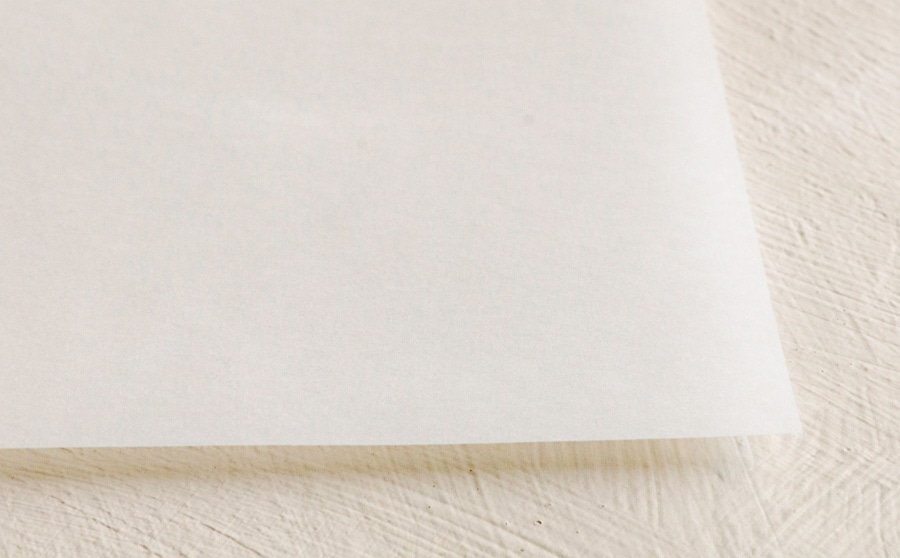
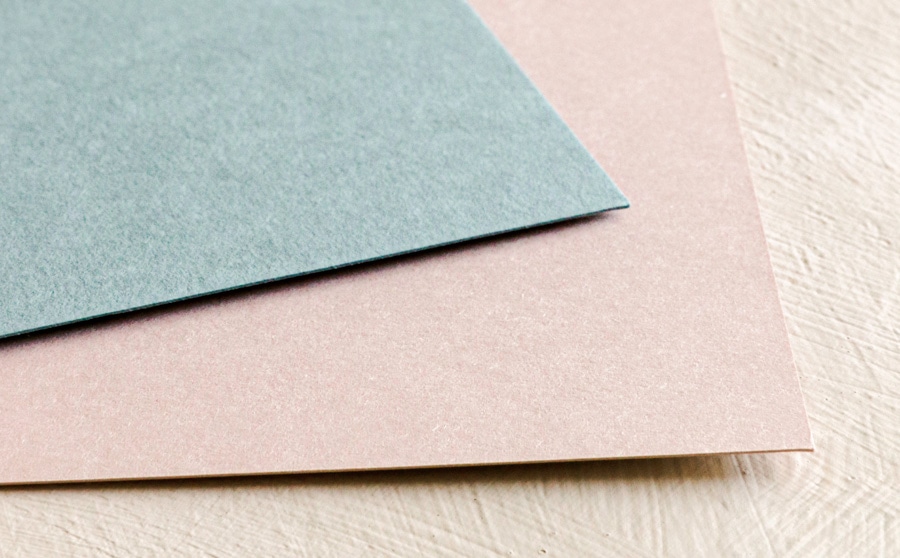
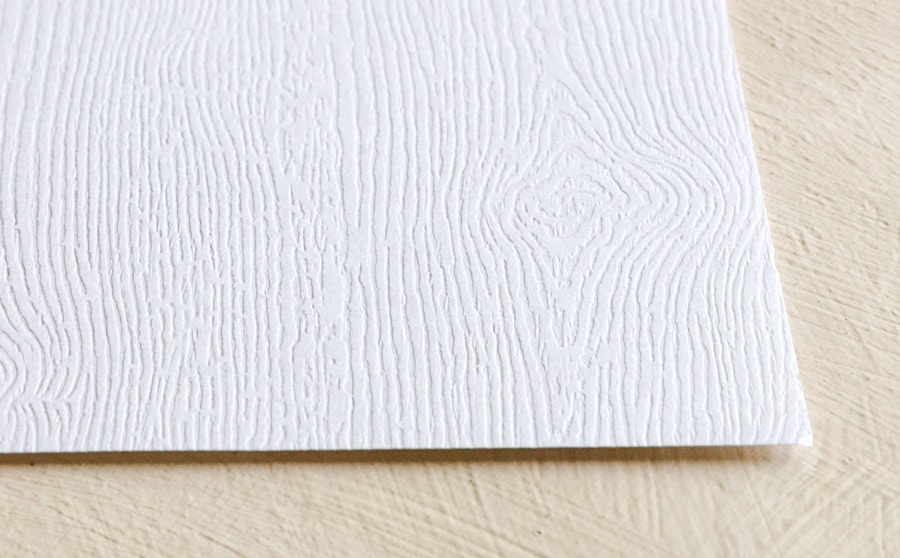
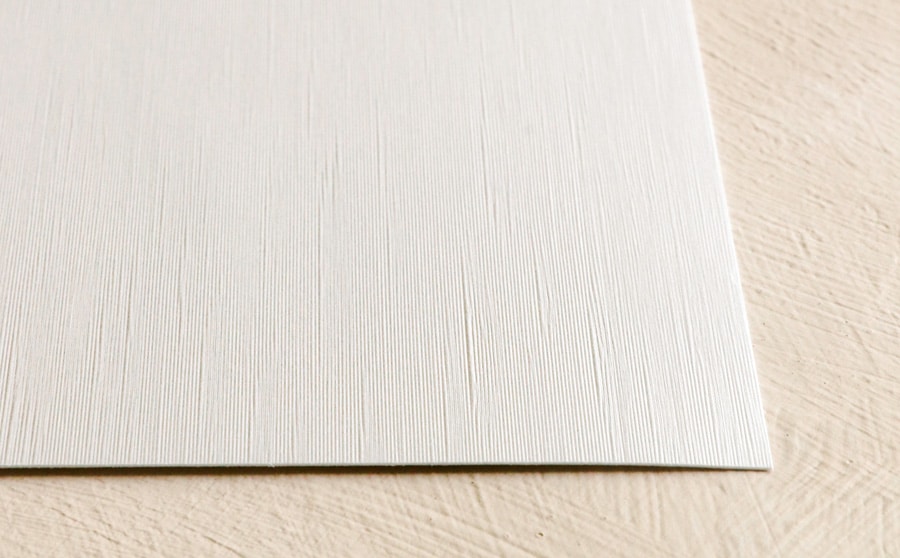
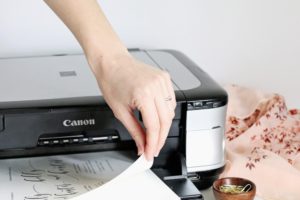
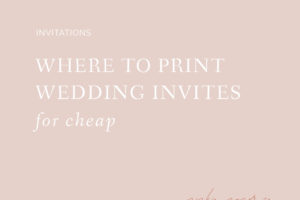
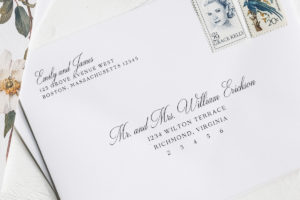
20 Comments
Leave your reply.